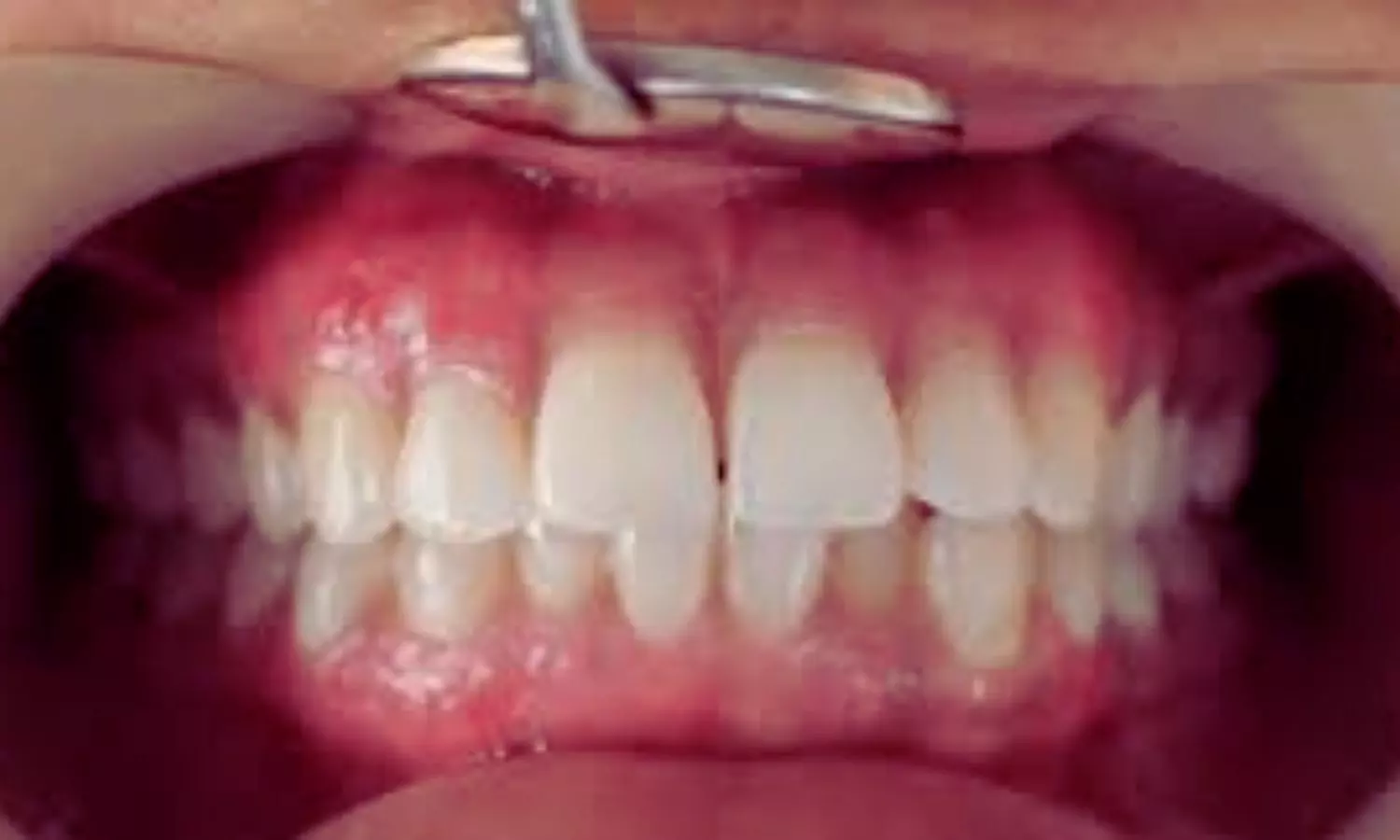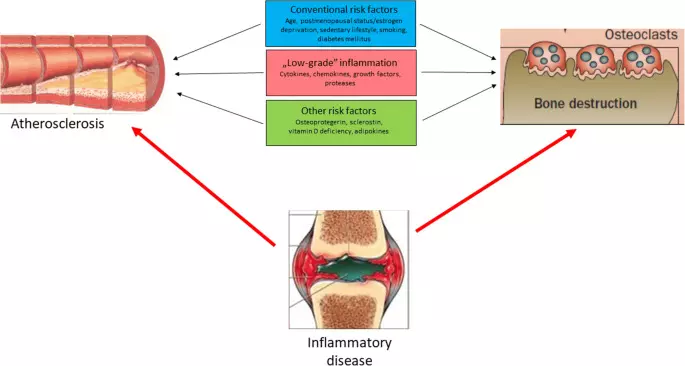Indian Case Study Supports Liquid Nitrogen as a Safe and Painless Gingival Depigmentation Technique

India: A recent case report published in the Cureus Journal has highlighted the effectiveness of liquid nitrogen cryotherapy as a novel approach for gingival depigmentation, offering promising cosmetic results with minimal discomfort. Gingival pigmentation, although often physiological, can be a major aesthetic concern for individuals, especially those with a gummy smile. To address this issue, various treatment modalities have been explored, including gingivectomy, grafts, laser therapy, and electrosurgery. However, cryosurgery using liquid nitrogen has emerged as a simple and cost-effective alternative.
In the case, a 21-year-old female patient presented with the complaint of black gums, which had been present since childhood. Although the pigmentation was physiological, the patient sought treatment for cosmetic reasons. After a detailed discussion about various treatment options and potential repigmentation risks, liquid nitrogen cryotherapy was the preferred approach. The procedure was performed following thorough oral prophylaxis and patient consent.
During the procedure, the hyperpigmented areas of the maxillary and mandibular anterior gingiva were isolated using cotton rolls. A topical anesthetic spray was applied to minimize discomfort. Liquid nitrogen was administered using a pre-cooled cotton swab in a rolling motion for 30 seconds until blanching. Immediately after the procedure, slight erythema of the gingiva was noted, but the patient reported only mild discomfort without pain. No periodontal dressing was required postoperatively, and the patient was provided with oral hygiene instructions.
The healing process was uneventful, with the formation of a superficial necrotic layer that resolved within three to four weeks. The patient was monitored at one, three, and six months post-procedure, with no signs of recurrence. The gingiva remained pink, firm, and healthy, and the patient expressed high satisfaction with the aesthetic outcome.
This case emphasizes the potential of liquid nitrogen cryotherapy as an effective, safe, and minimally invasive method for gingival depigmentation. Unlike other procedures, it requires minimal equipment, does not induce bleeding, and does not necessitate anesthesia or dressing. Additionally, it provides excellent wound healing and long-term aesthetic stability. However, researchers emphasize the need for larger-scale studies and randomized clinical trials to further validate its long-term effectiveness and safety.
“With its simplicity and high patient acceptance, liquid nitrogen cryotherapy may offer a promising alternative for individuals seeking cosmetic improvement of gingival pigmentation. This technique holds great potential for clinical practice, providing a painless and efficient solution for managing gingival melanin pigmentation,” the authors concluded.
Reference:
A K K, Sankethguddad (January 27, 2025) Liquid Nitrogen as a Novel Treatment for Gingival Depigmentation: A Case Report. Cureus 17(1): e78099. DOI 10.7759/cureus.78099
Powered by WPeMatico









